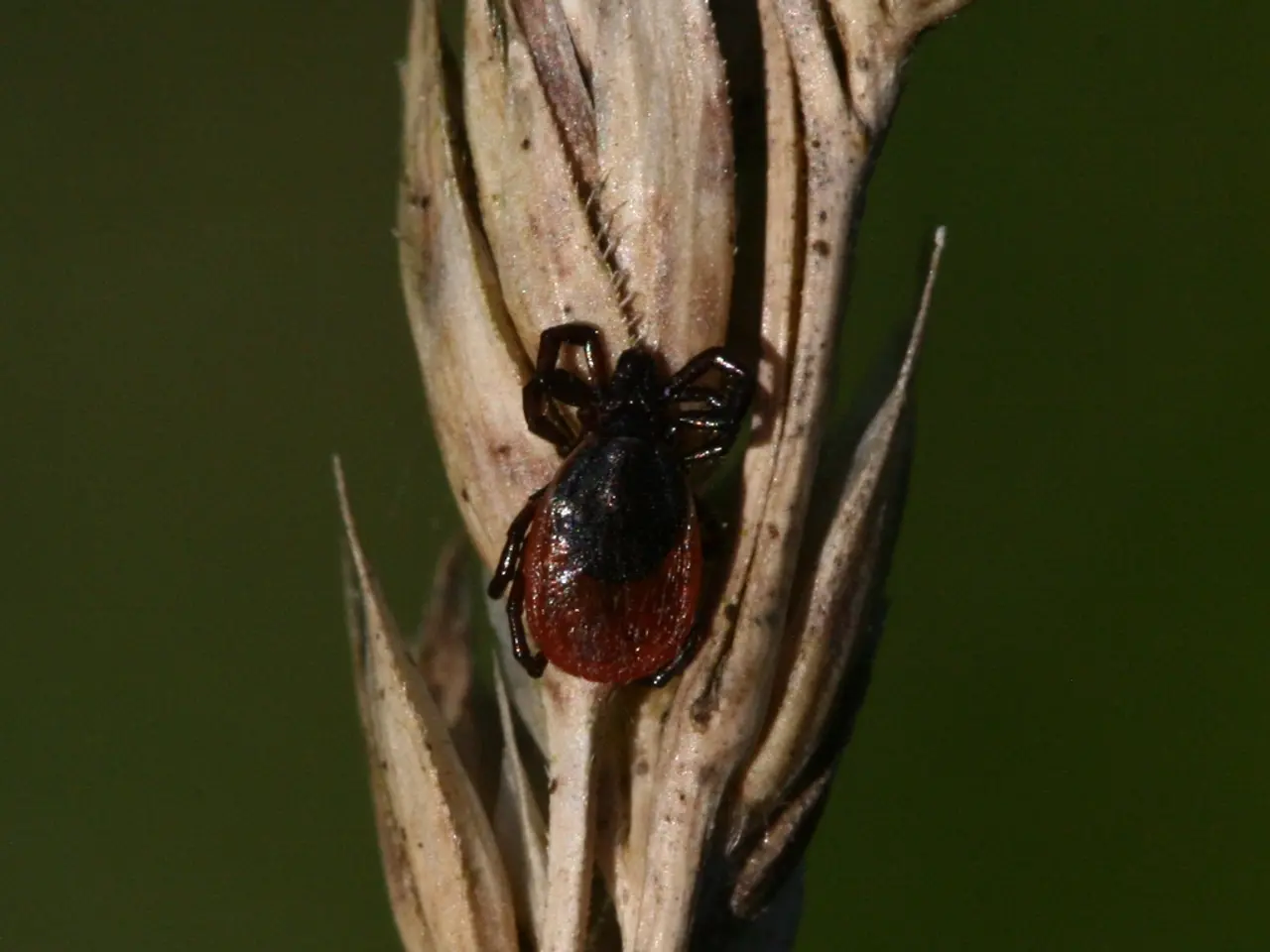Contaminated Plant Soil: Causes and Practical Avoidance Strategies
In the world of indoor gardening, mold growth in plant soil can be a common issue. This article offers practical solutions for preventing and treating mold caused by overwatering, poor drainage, lack of sunlight, poor air circulation, and plant debris.
Preventing Mold in Plant Soil
Watering Wisely
Avoid overwatering by watering plants only when the top 1-2 inches of soil are dry. This practice helps prevent a consistently humid environment that fosters mold growth.
Utilizing Well-Draining Pots and Soil
Ensure that your pots have adequate drainage holes, and use a well-draining potting mix. Mixing in materials like peat moss or perlite can further improve soil structure and drainage. Elevating pots on saucers or stands can prevent them from sitting in water.
Increasing Sunlight
Place plants in areas that receive sufficient sunlight. Even if plants are indoors, ensure they are near a sunny window or use grow lights.
Enhancing Air Circulation
Increase air movement around plants by opening windows or using fans. Keep plants at a safe distance from each other to improve air circulation.
Removing Debris
Regularly clean debris by removing any dead or dying plant parts promptly. Inspect new plants for signs of mold before introducing them to your indoor space.
Treating Mold in Plant Soil
Removing the Mold
Gently remove mold with kitchen paper or replace the top layer of the potting soil if the mold is widespread.
Improving Ventilation
Use fans to enhance air circulation around plants.
Applying Natural Remedies (Optional)
For severe cases, use 3% hydrogen peroxide carefully to eliminate mold on rockwool, but avoid applying it directly to plants.
Monitoring and Adjusting
Keep an eye on your plants for recurring signs of mold and adjust your care practices as needed.
By following these steps, you can effectively prevent and treat mold in plant soil. It is crucial to remember that different plants have varying moisture requirements, so it is essential to understand the specific needs of each plant. With proper care and attention, you can maintain a thriving indoor garden free from mold.
References:
[1] The Spruce, (2021). How to Prevent Mold in Houseplants. [online] Available at: https://www.thespruce.com/how-to-prevent-mold-in-houseplants-1441756
[2] Gardening Know How, (2021). How to Prevent Mold in Houseplants. [online] Available at: https://www.gardeningknowhow.com/houseplants/basics/how-to-prevent-mold-in-houseplants.htm
[3] The Sill, (2021). How to Get Rid of Mold in Houseplants. [online] Available at: https://www.thesill.com/learn/how-to-get-rid-of-mold-in-houseplants/
[4] HGTV, (2021). How to Prevent Mold in Houseplants. [online] Available at: https://www.hgtv.com/design/outdoors/houseplants/how-to-prevent-mold-in-houseplants
Incorporating science and health-and-wellness practices, it's essential to maintain a fitness-and-exercise routine that includes watering plants wisely, utilizing well-draining pots and soil, increasing sunlight, enhancing air circulation, and removing debris to prevent mold in plant soil. By following these guidelines, one can work towards a nutritious and mold-free indoor garden, promoting overall well-being and fostering a harmonious living environment.




